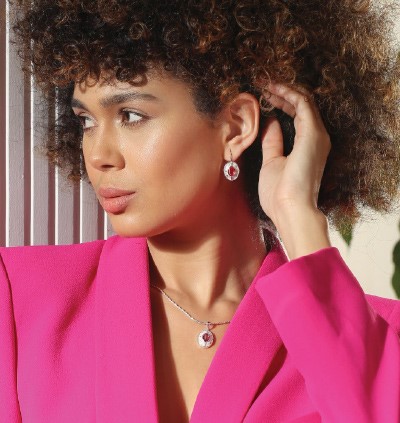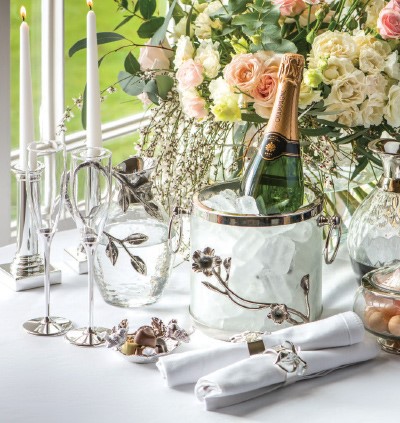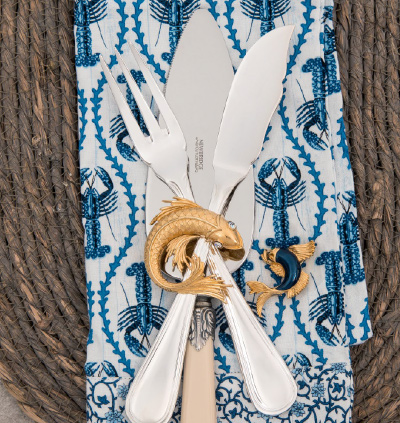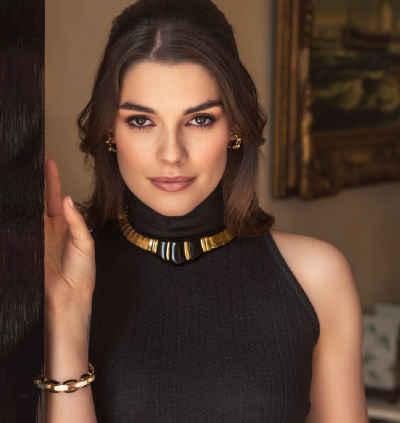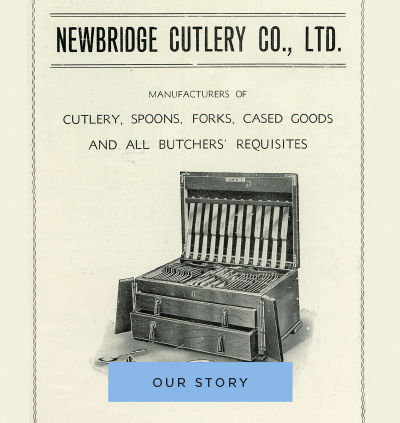A carefully curated collection of ethically sourced diamond & 18ct white and yellow gold jewellery
The Four C's
1. Cut
The most important of the 4C’s is cut because it has the greatest influence on a diamond’s sparkle. In determining the quality of the cut, the diamond grader evaluates the cutter’s skill in the fashioning of the diamond. Diamonds are cut to maximize the sparkle, fire, brilliance and overall visual beauty of a diamond. The cut is a measure of light performance as light hits a diamond.

2. Colour
The second most important of the 4C’s is colour, which refers to a diamond’s lack of colour. The less colour, the higher the grade. Diamond colour is the hue of a diamond based on the GIA diamond colour scale, which grades the diamond's colour on a spectrum of D (colourless) to Z (light yellow hue). The absence of colour is what determines both its grade and value, as well as has a significant impact on its appearance.
3. Clarity
Diamond clarity refers to how flawless a diamond is. The size, amount, and appearance of inclusions (flaws within the diamond) and blemishes (flaws on the surface of the diamond) will determine your diamond's clarity grade. Often the least important of the 4C’s because the tiny imperfections are often microscopic.
4. Carat
The term carat refers to the diamond’s total weight and not its size. Diamond carat weight measures how much a diamond weighs. A metric “carat” is defined as 200 milligrams. Each carat is subdivided into 100 points. This allows very precise measurements to the hundredth decimal place. The weight of a diamond below one carat may be described by its ‘points’ alone.
The Kimberley Process
The Kimberley Certification Process was first mooted in May 2000 when a number of African diamond producing states met in Kimberley, South Africa, to propose a scheme to ensure that the proceeds from the mining and sale of rough diamonds were not used to fund violence and civil unrest, designed to undermine legitimate government. 81 nations now participate in this process, accounting for 99.8% of global production. The certification is given only to diamonds produced in conflict-free areas, and to each nation that has agreed to meet the specified minimum requirement for the import, export and trading of rough and polished diamonds.
Newbridge Silverware works closely with its suppliers to ensure that our diamond collection complies with all applicable laws and are certified conflict-free. We only purchase polished diamonds from sources which are members of the professional diamond trade.
Craftsmanship
Creative, Contemporary and Classic designs manufactured for Newbridge Silverware to high quality standards, employing the finest craftsmen and women. We follow strict ethical policies regarding the purchase of raw materials, the employment of staff and ensuring that only the finest materials are used in this special collection.

Diamond Care
Diamonds may be the hardest substance on earth, but they are not indestructible. While they can be cut or polished only by another diamond, a hard blow can cause them to chip. Never wear your diamond jewellery when doing rough work. When storing your diamond jewellery, be sure to keep it separate from other jewellery. Remember that diamonds cannot only scratch any other jewellery you have but can scratch each other too.
It is recommended to have your diamond jewellery cleaned and inspected every six months.
- Clean your diamond regularly. A simple plan to keep your diamond jewellery always looking beautiful is to use a recommended jewellery cleaner or,
- A tiny drop of washing up liquid mixed with some warm water is all you need to create an effective soaking solution for your gold jewellery. Place the jewellery into this mixture and leave to soak for around 15 to 30 minutes before removing and wiping dry with a soft, clean cloth. Use a very soft brush to clean the prongs and general areas if there is any substantial product build up.
- You can use this soft brush to remove dirt that is lodged in between the prongs and the diamonds but be extra careful not to scratch the metal or move the positioning of a prong. If fibres from cloth get stuck in the setting, remove them carefully with a tweezers.
- Do not use harmful solutions. Chlorine or abrasives should never be used when cleaning diamonds, especially those set in jewellery. These erode some of the metals often used in diamond settings, and may loosen prongs, or even dissolve the metal completely.
Sometimes an ultrasonic cleaner is necessary to remove encrusted dirt on diamonds. By sending high frequency sound waves through a detergent solution, ultrasonic cleaners cause vibrating fluid to remove accumulated dirt and grime. However, they can also shake loose stones from their mounting, so this method shouldn’t be used on fragile settings, and is best undertaken by a professional jeweller.
Regular cleaning will keep your diamond jewellery in gleaming condition and ready to sparkle on that special occasion.
Remove Diamond Jewellery when applying creams
Whether it is your everyday moisturiser or special creams, do avoid wearing your jewellery while applying cream to ensure it does not get behind the diamond or between the prongs, causing build up and dullness. It is also a good idea to apply hairspray, make up and perfume before putting jewellery on because over time this can cause tarnish on the prongs, clasps and bands holding the diamond in place.
Insuring your diamond jewellery
Following the purchase of your diamond jewellery, it is recommended you insure your valuable items in the event of loss or theft. It is advisable to contact your home insurers for advice regarding the addition of your jewellery to your insurance policy. They will provide you full guidance and based upon your jewellery details, they may advise of an additional policy or, adding to your existing policy.
If you choose to get additional insurance, understand if a deductible applies and how much it is. Most insurance companies will not insure fine jewellery without a valuation certificate, and which is included with your purchase documentation. Ensure you read and understand your policy details and level of cover in place or in the event of additional insurance. When you invest in diamond jewellery, you want to make sure that your investment is protected.

